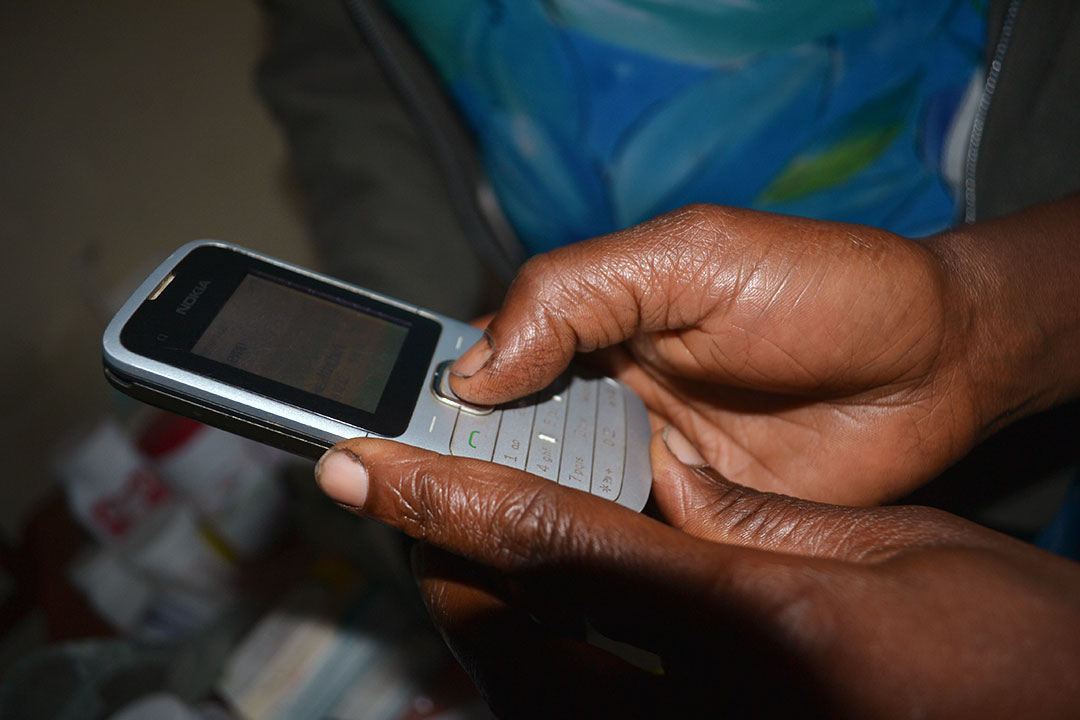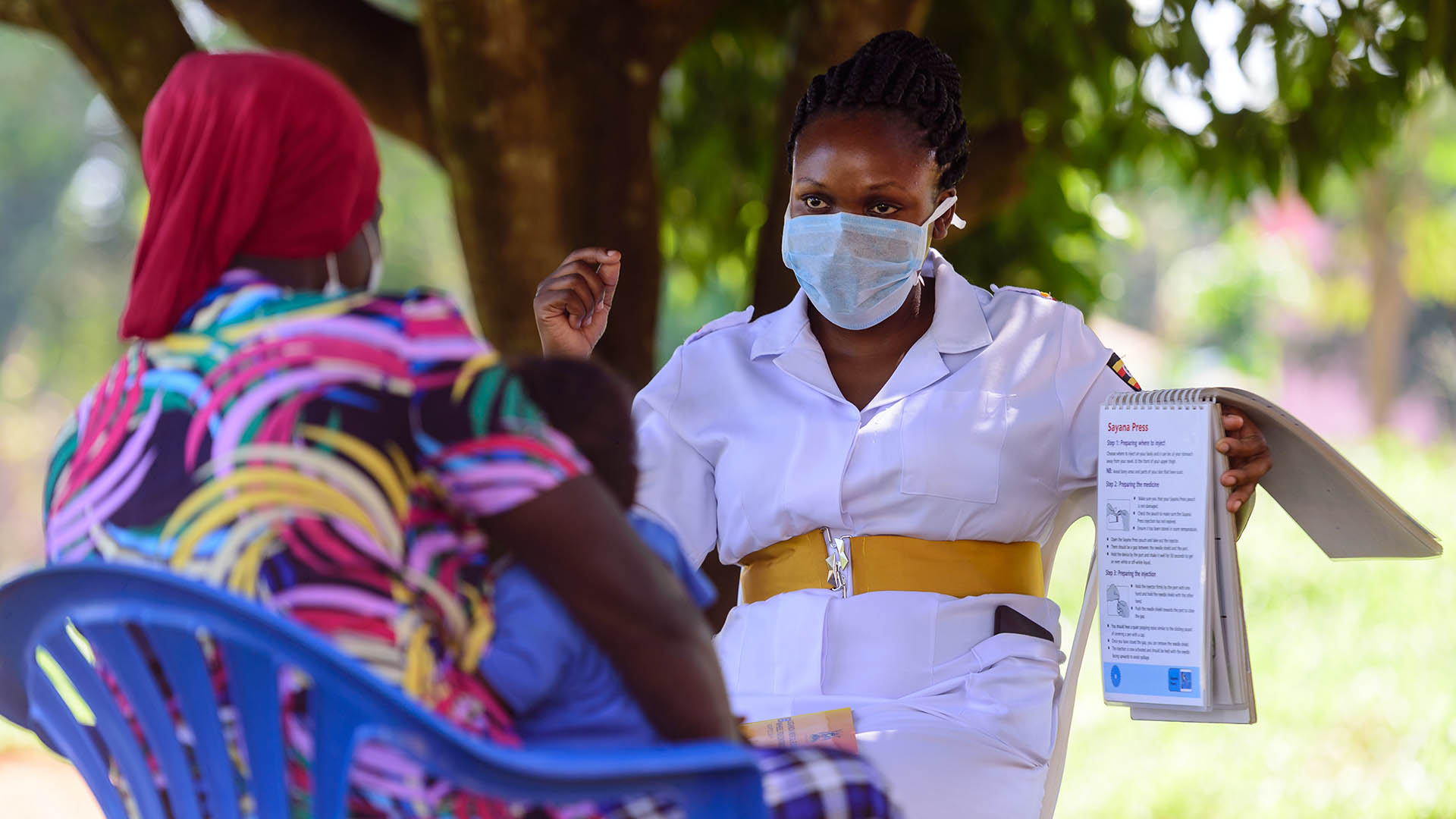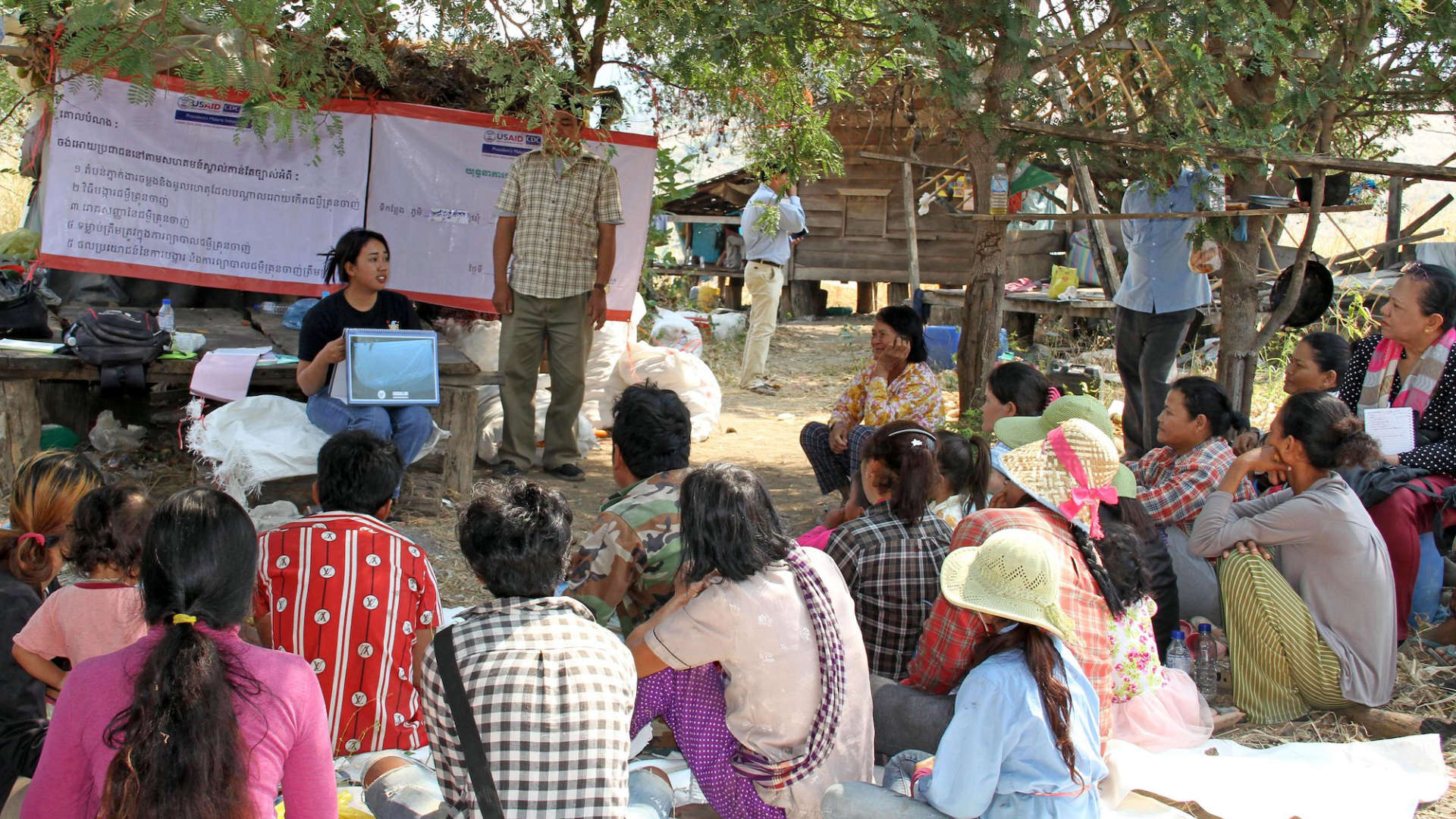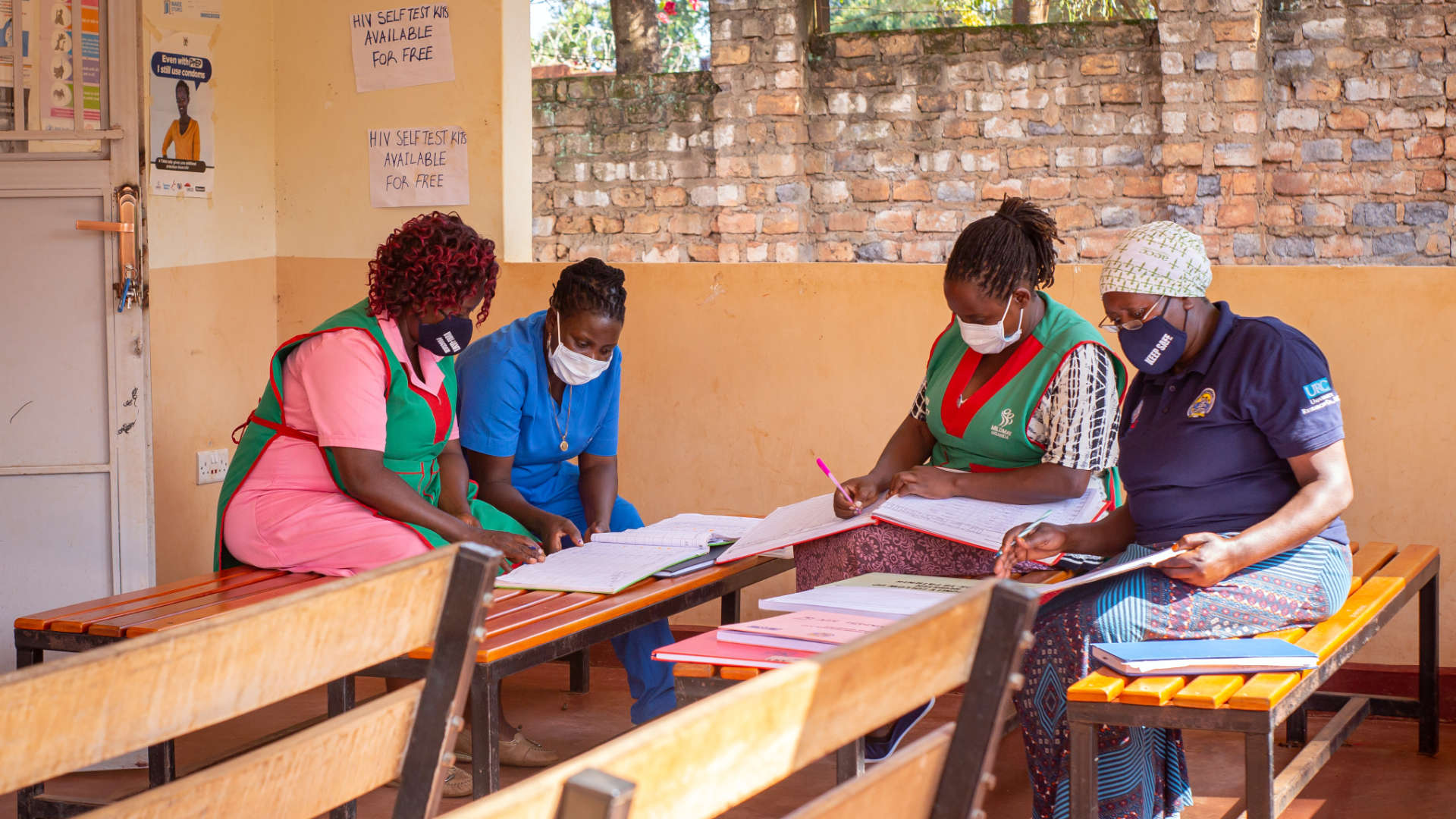Fredrick Isabirye, M.D., an experienced doctor, and district health officer for Buyende District in East Central Uganda – was concerned about a surge in malaria cases reported at health facilities in his district. Even with targeted interventions to control malaria in the district, cases appeared to be on the rise. A careful review of weekly surveillance reports confirmed the district was experiencing a malaria outbreak.
To address the surge, the district focused on intensifying malaria social behavior change communication activities and on distributing insecticide-treated mosquito nets to the most vulnerable individuals and to those in the areas with the highest malaria burden. Efforts proved successful and malaria cases markedly decreased.
It became clear to Dr. Isabirye that data was key to inform timely decisions to combat malaria. For Dr. Isabirye, the lack of data or inaccurate data represented missed opportunities to make critical, life-or-death decisions in the control and eradication of malaria.
Getting Back on MTRAC
Uganda’s Ministry of Health (MOH) recommends that all health care facilities submit weekly malaria surveillance reports to the government mobile tracking (MTRAC) reporting system. MTRAC allows the MOH to track disease outbreaks and implement a timely response. Users input data via mobile phones. While MTRAC represents a powerful tool to control malaria outbreaks, implementation of the system has been uneven.
To support the MOH produce the critical weekly surveillance reports, the USAID Regional Health Integration to Enhance Services in East Central Uganda (RHITES-EC) Activity worked with health facilities in the East Central region, covering 12 districts, including Buyende, to identify and address bottlenecks to weekly reporting.
Bottlenecks identified included: knowledge gaps about the MTRAC system and tools for weekly reporting; absenteeism of health workers; staff forgetting to submit reports; and inadequate involvement of districts teams in monitoring and evaluating health care facility performance with entering data.
With the bottlenecks clearly identified, RHITES-EC collaborated with district health teams to address the challenges by: orienting health care facilities about the weekly reporting tool; assigning two or more health workers to submit weekly reports for each health facility; engaging district health team members to send weekly reminders to non-reporting facilities; and sharing performance outcomes and recognition of the best performing sites.
Better Data Enables Better Responses
As a result of these interventions, malaria surveillance weekly reporting trends in Buyende District improved from 33% at the end of January 2020 to 92% by December 2020.
“Surveillance reporting has enabled us to make some strategic changes in our malaria programs in Buyende,” said Dr. Isabirye. “Every Monday we discuss the reports and draw the agenda as informed by what we see. We know that we need to intensify our activity during the rainy seasons because that is when the facilities register the highest numbers of patients. We are able to set our priorities guided by the reports.”



